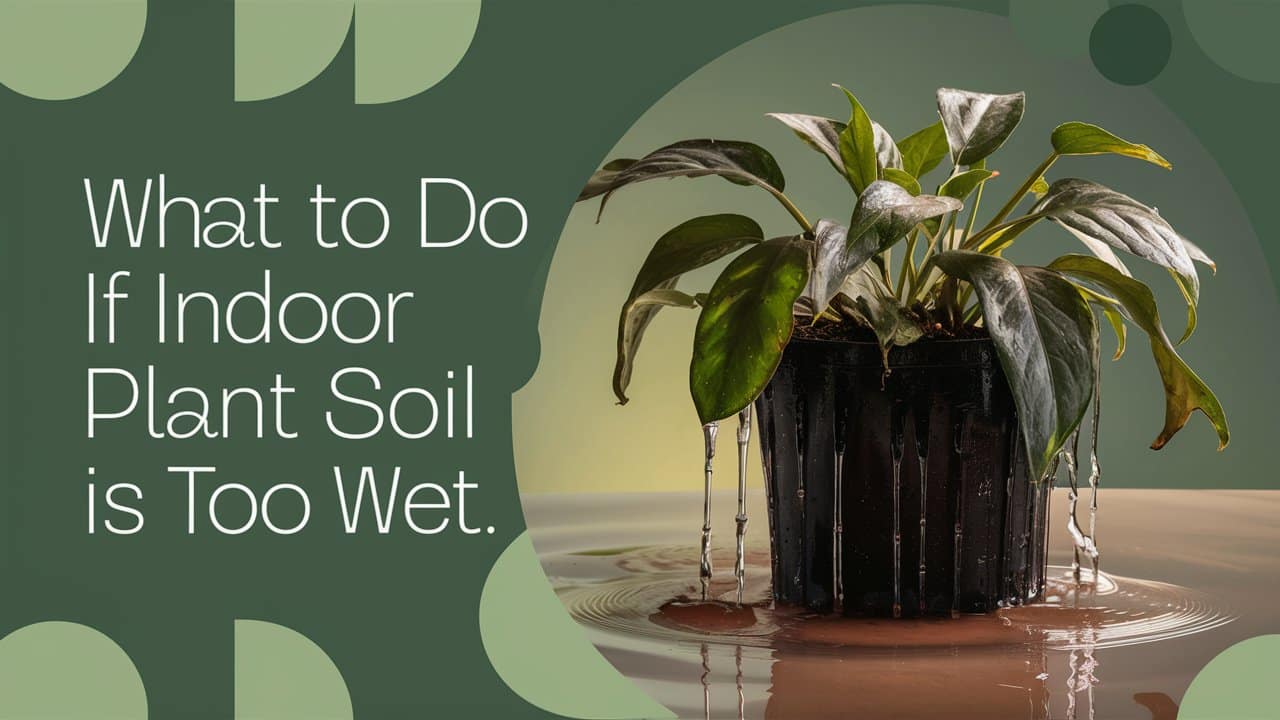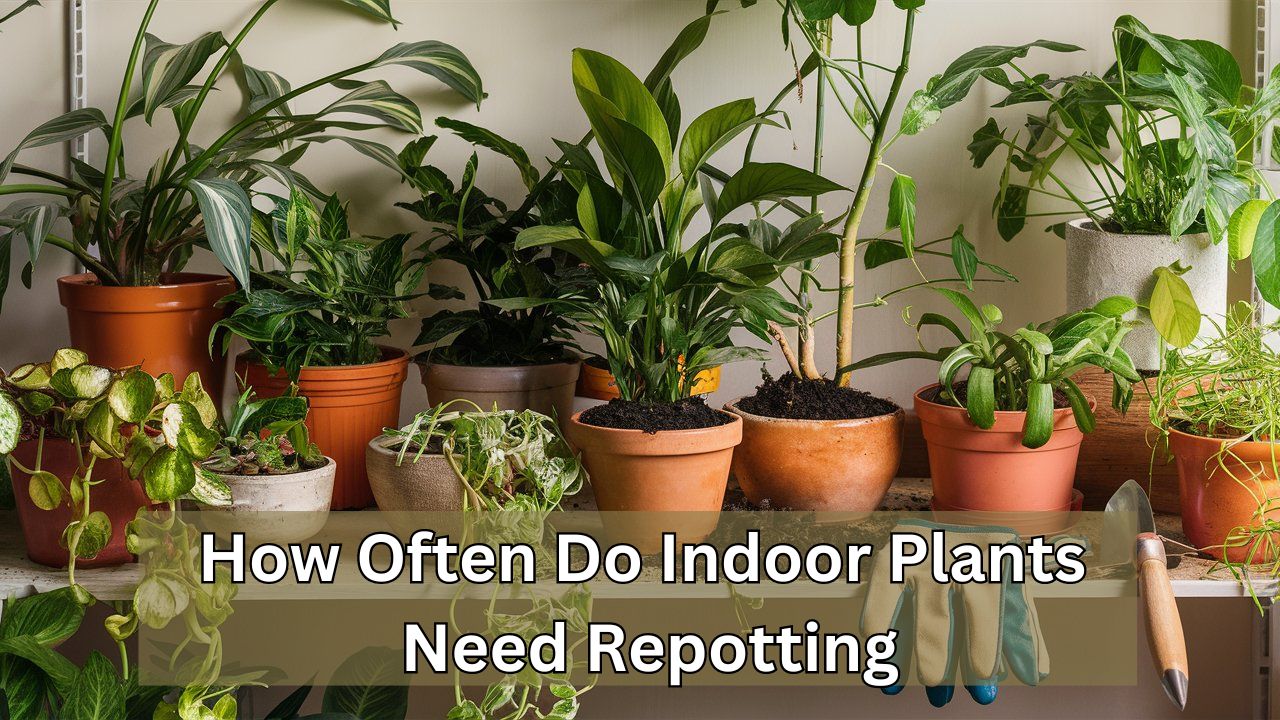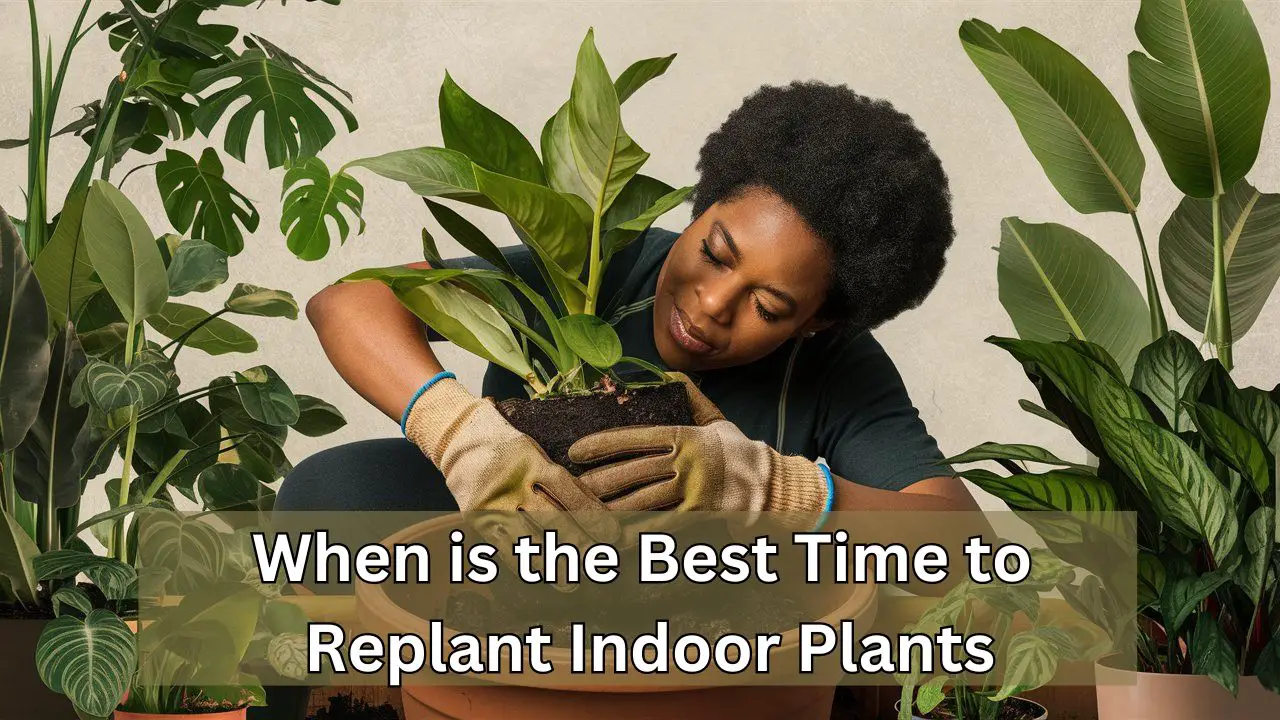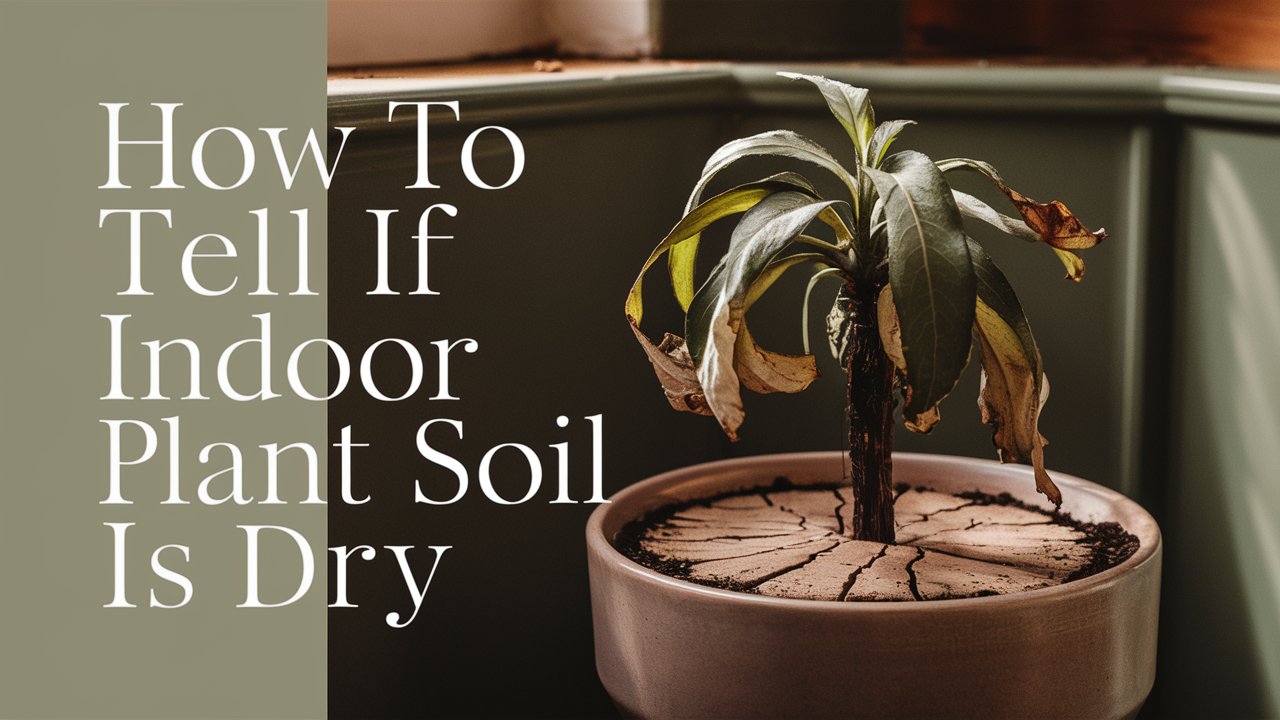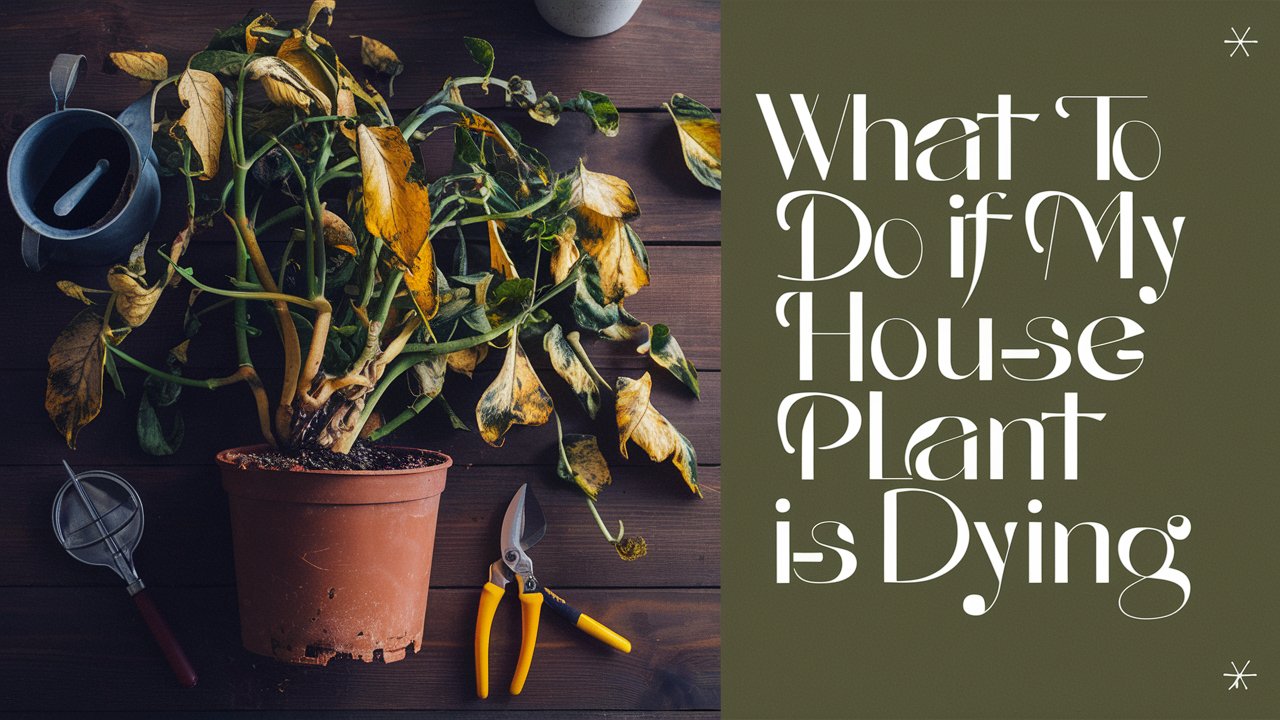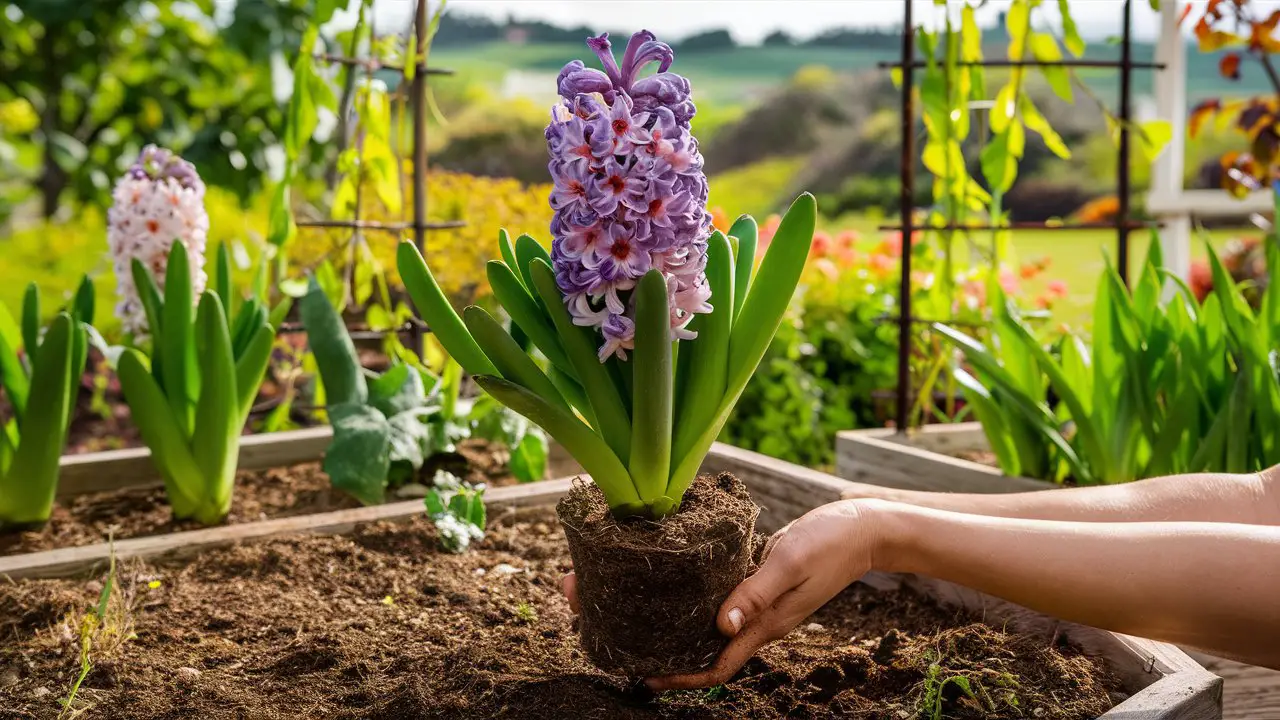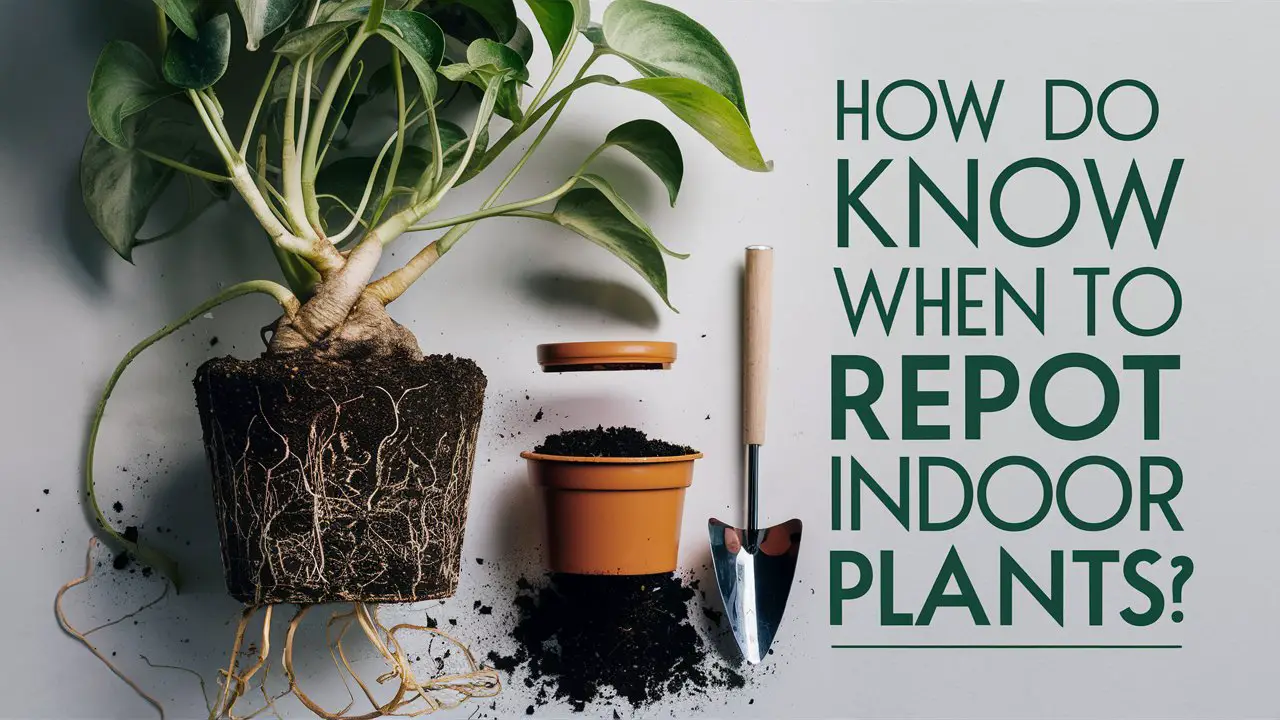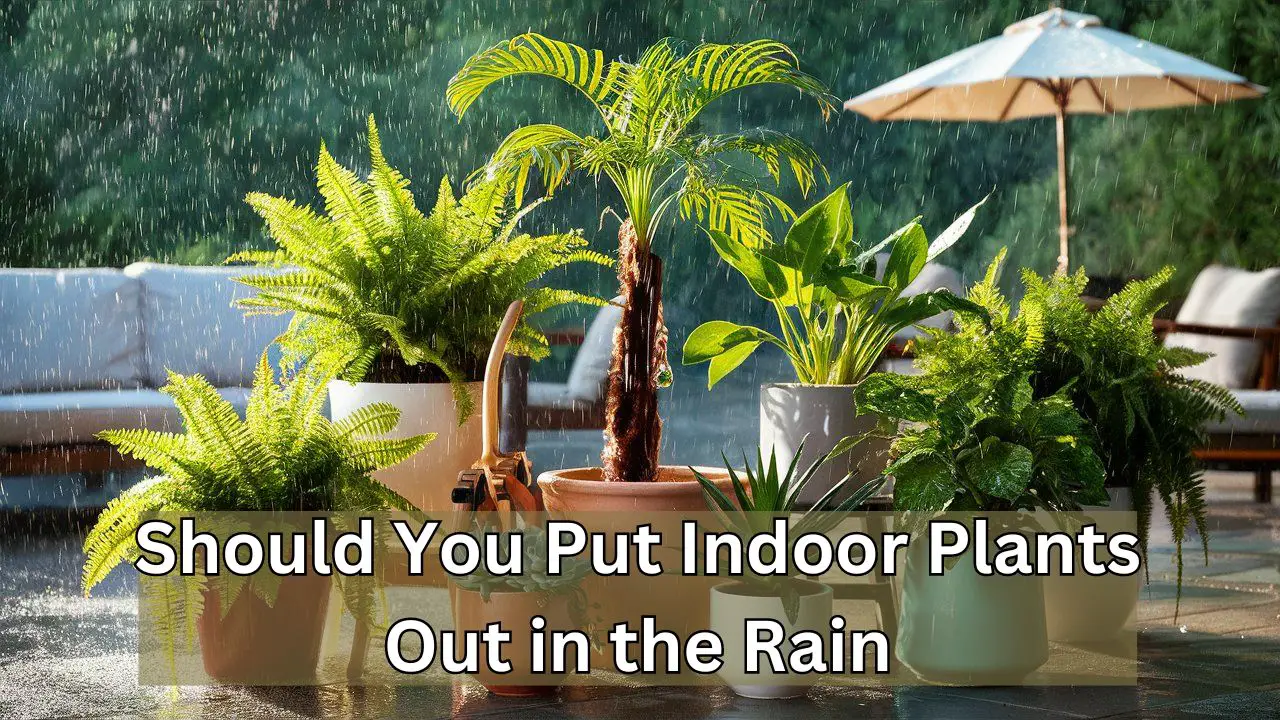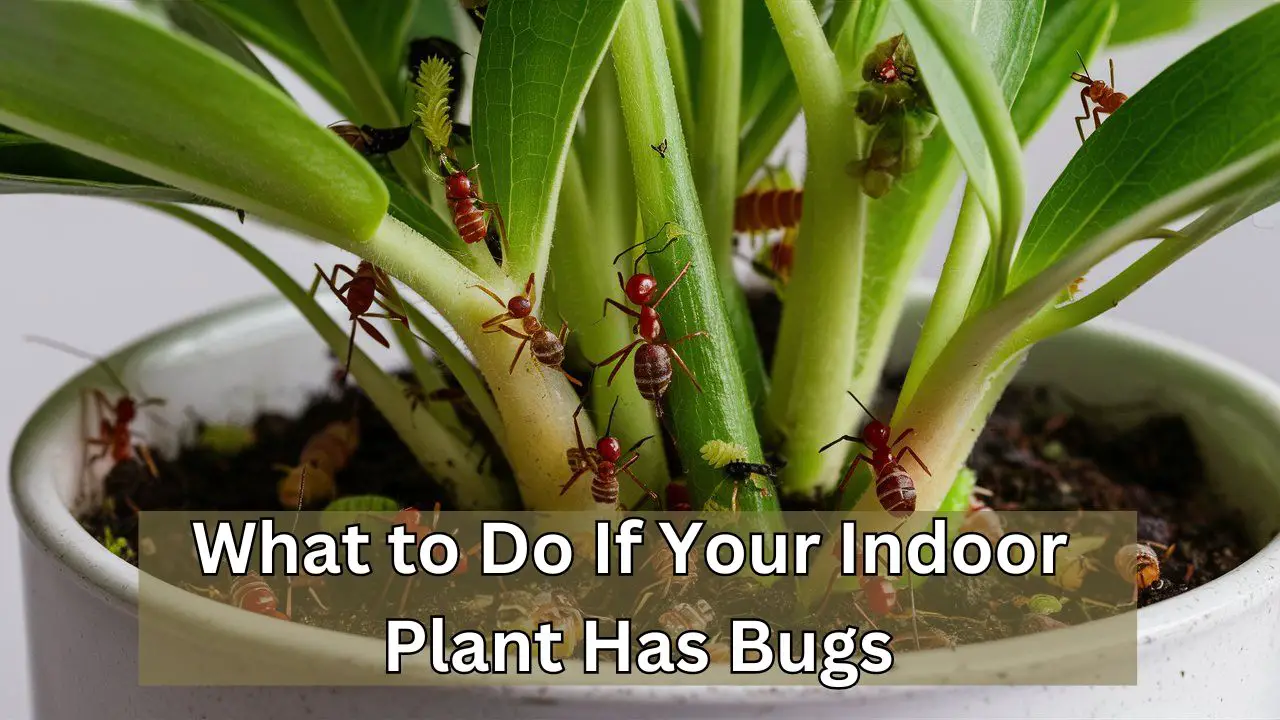Author: Raihan Saiful
-
What to Do If Indoor Plant Soil is Too Wet: Quick Fixes!
First, stop watering the plant immediately. Next, ensure proper drainage to help dry the soil. Overwatering indoor plants can lead to root rot and other issues. It’s crucial to recognize signs of excess moisture and take immediate action. Ensure your pot has drainage holes and consider repotting in fresh, dry soil if necessary. Elevate the…
Categories: Indoor Plants -
What are the Benefits of Indoor Plants in the Hospitality Industry? Boosting Ambiance & Guest Satisfaction
Indoor plants enhance air quality and aesthetic appeal in the hospitality industry. They also reduce stress and increase guest satisfaction. Indoor plants play a crucial role in the hospitality industry. They create a welcoming and serene environment for guests. Lush greenery improves indoor air quality by filtering toxins and releasing oxygen. This leads to a…
Categories: Indoor Plants -
How Often Do Indoor Plants Need Repotting? Unearth Secrets!
Indoor plants typically need to be repotted every 12 to 18 months. Some slower-growing plants can go two to three years. Repotting indoor plants is crucial for their health and growth. Over time, plants outgrow their containers, depleting soil nutrients and becoming root-bound. Fresh soil provides essential nutrients, promoting robust growth and preventing diseases. Choosing…
Categories: Indoor Plants -
When is the Best Time to Replant Indoor Plants?: Essential Tips
The best time to replant indoor plants is during the early spring or late winter. This period allows plants to adjust before their active growth phase. Replanting indoor plants at the right time is crucial for their health and growth. Early spring or late winter offers the ideal conditions for this task. During this time,…
Categories: Indoor Plants -
How to Tell If Indoor Plant Soil is Dry: Pro Tips
Stick your finger an inch into the soil. If it feels dry, the soil needs watering. Indoor plants require careful attention to thrive. One crucial aspect is soil moisture. Overwatering or underwatering can harm your plants. Regularly checking soil moisture ensures healthy growth. Besides the finger test, observe the soil’s color and texture. Dry soil…
Categories: Indoor Plants -
Can You Plant Indoor Hyacinths Outside After Flowering? Revitalize Your Garden!
Yes, you can plant indoor hyacinths outside after flowering. Ensure to do this in spring for best results. Hyacinths are popular indoor plants known for their vibrant colors and fragrance. After they finish blooming indoors, many gardeners wonder about transplanting them outside. Planting hyacinths in the garden can rejuvenate the bulbs, allowing them to grow…
Categories: Indoor Plants -
How Do You Know When to Repot Indoor Plants? Spot the Signs!
You know it’s time to repot indoor plants when roots grow out of the drainage holes or the plant looks cramped. Leaves may also yellow or drop. Indoor plants need periodic repotting to thrive. Over time, they outgrow their containers, leading to root-bound conditions. This restricts their ability to absorb water and nutrients. Signs that…
Categories: Indoor Plants -
Should You Put Indoor Plants Out in the Rain?: Growth Boost!
Yes, you can put indoor plants out in the rain. Rainwater is beneficial for indoor plants. Rainwater is a natural resource that provides essential nutrients to plants. It’s free from the chemicals often found in tap water. Placing indoor plants outside during rain showers can help wash away dust and pests from their leaves. This…
Categories: Indoor Plants -
What to Do If Your Indoor Plant Has Bugs: Quick Fixes!
Remove bugs from your indoor plant by isolating it and washing its leaves with soapy water. Use insecticidal soap if needed. Indoor plants can sometimes become infested with bugs, which can harm their health and appearance. Identifying and addressing the issue quickly helps prevent further damage. Common pests include aphids, spider mites, and whiteflies. Regularly…
Categories: Indoor Plants

